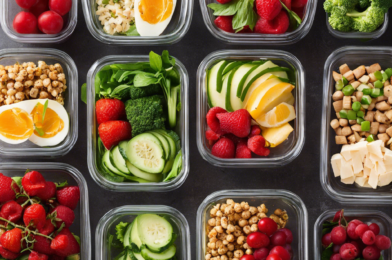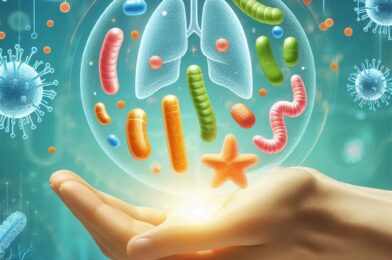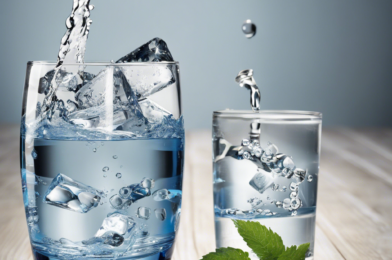# Healthy Meal Preparation: Your Ultimate Guide to Saving Time and Eating Better In the rapidly changing world in which we live It can be difficult to find the time to prioritize healthy eating. But with a little planning and preparation, You can save time. Eat nutritious food and feel energized all week long Meal preparation is a powerful tool for diet and overall health. And it doesn’t have to be a tedious or time-consuming process. Here’s how you can master the art of preparing healthy meals and fit it into your busy lifestyle.
**Plan Meals:** The first step to successful meal preparation is planning. Set aside time over the weekend to decide what to eat next week. Consider food preferences nutritional needs and ingredients available to you Create a shopping list to make sure you have everything you need. A well-planned menu will make the cooking process more efficient and reduce food waste.
**Batch Cooking:** One of the most effective strategies for saving time is batch cooking. Preparing larger amounts of basic foods such as whole grains (whole rice, quinoa), legumes (bico seeds, lentils), grilled vegetables, and protein can serve as a base for reference. You can use them throughout the week. For example, take lots of grilled edges that can be added to sauces, wraps or stews. This ensures you always have safe, convenient options.
**Use leftovers wisely:** Use leftovers as a time-saving tip. When it’s time to cook It is best to eat lunch a little longer or early the next day. Invest in a high-quality, reusable container to store your recipe safely in your ice cream maker or freezer. This method is not only effective. but also economical Because you use every ingredient to its maximum benefit.









